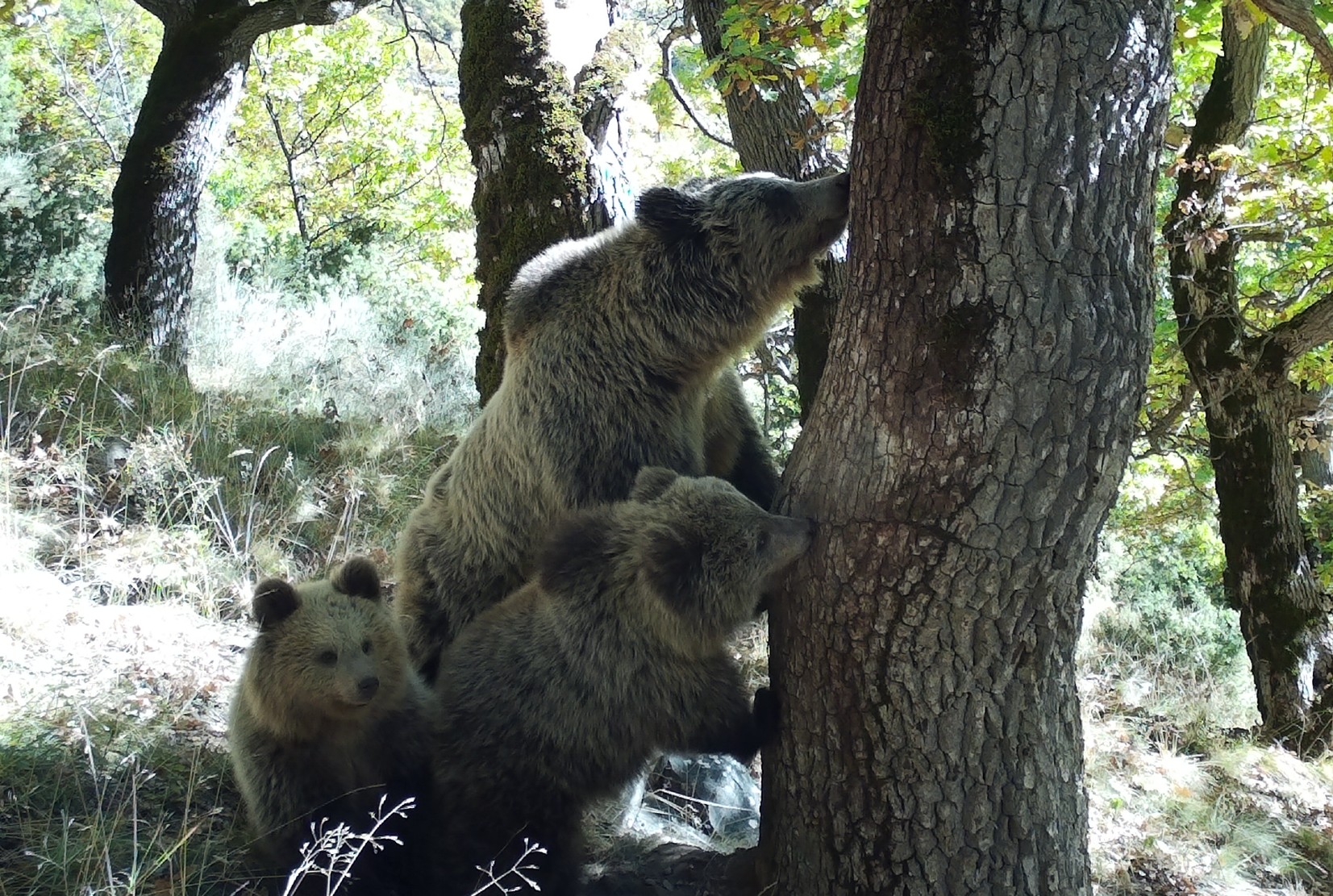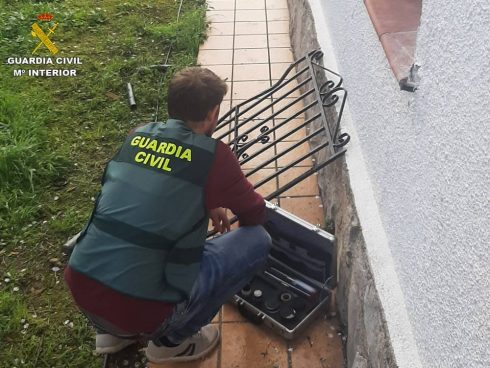JUST three decades ago brown bears were on the brink of extinction in the Pyrenees, the population all but wiped out by hunters and loss of habitat.
But thanks to conservation schemes, government investment and a reintroduction programme, the population has now grown to the highest number for more than a century.
The latest census of Ursus Arctos reveals that 15 cubs were born last year bringing the total population to 70.
According to the data established by the GSTOP, a cross-border group that monitors the bear population on each side of the Pyrenees in France and Spain, the current population includes 34 females, 32 males with four cubs whose sex is not yet identified.

Of these, 36 are considered adults, while 19 are ‘teenagers’ and 15 are cubs which have been born during the 2021 breeding season.
The population roams across an area of 6,500 sq km with roughly half the population predominantly found in the Catalan Pyrenean regions of Vall d’Aran, Pallars Sobirà and Alta Ribagorça.
Rangers scour the region for signs of the animals reporting every sighting, dropping, pawprint and hair sample to gather information about the bears.
The map below marks the traces of bears found during 2021.

The population has seen a huge boost from the 52 recorded in 2018 and brings the number of newborns to 114 since the conservation programme was launched in 1996 with the relocation and release of three bears, a male and two females, from Slovenia.
But the battle to save the species is far from over. Conservationists believe that in order for the population to thrive it would need around 50 actively reproducing bears, with sufficient genetic diversity.

For a decade all the newborn bears were fathered by Pyros, the Slovenian male bear released in 1997 until the arrival of Goiat in 2016, who soon got a reputation for attacking livestock.
Farmers on both sides of the border have not always been supportive of the re-introduction effort, even though the bears are largely vegetarian and rarely kill for food.
They blame bears for the losses of hundreds of sheep, some of whom jumped off cliffs to their death to avoid attack, and complained that compensation programmes have not offset their losses.
Although protected by law, three brown bears turned up dead during 2020, two killed by hunters and a third was poisoned.
Spain also has a separate population of brown bears located across the Cantabrian Mountain range further to the west, where numbers there have risen to above 325 in the last count.
Although fruit farmers and bee keepers regularly complained about marauding bears raiding their produce, the animals have driven tourism to the area with dozens gathering at organised view points across the mountain region in the hope of spotting the elusive creatures.
READ MORE:
- Iberian lynx: How Spain brought the world’s most endangered cat back from the brink of extinction
- PRIME SUSPECT: Paw of blame pointed at bear for string of grizzly livestock slaughters in the Spanish Pyrenees
Click here to read more Nature News from The Olive Press.








